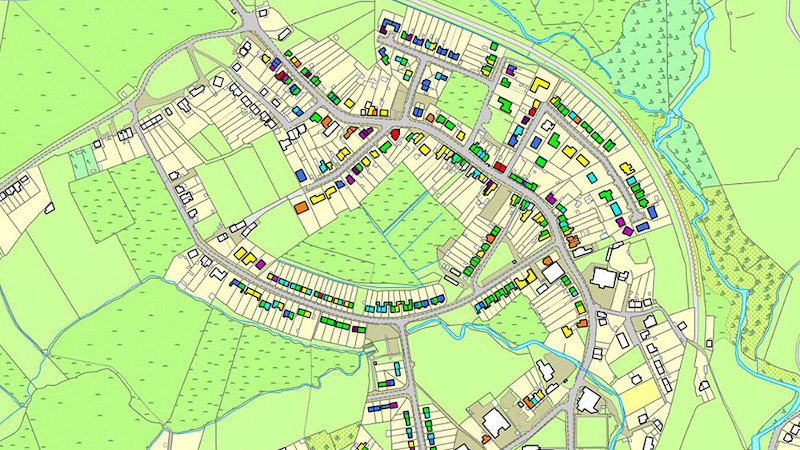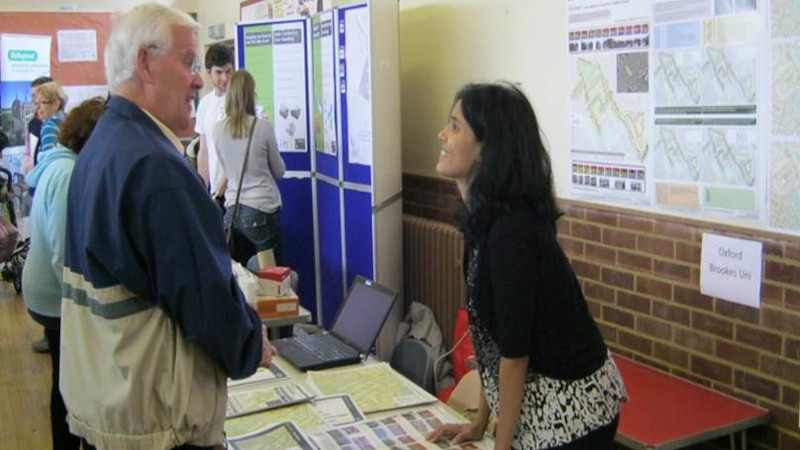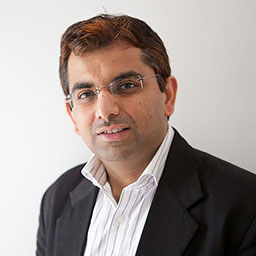Data for the DECoRuM® energy model was obtained from participant questionnaires, walk-by surveys, thermal imaging, Digimap Ordnance Survey and Google Earth.
Assumptions on wall types, fabric U-values, energy consumption and behaviour were based on age, built form, walk-by surveys and individually collected data (8 residents filled in DECoRuM® questionnaires).
This data was used along with English Housing Survey statistics, UK building regulations, Local Authority records and mapping data from address point/ Ordnance survey to create a database of the housing stock in the case study region and triangulate results from the model.
Infrared imaging is a non-intrusive building diagnostic procedure which detects the magnitude of thermal (infrared) radiation emitted by objects and helps detect areas of heat loss, air leakage, gaps in insulation continuity, etc from patterns in spatial temperature variation. Almost 300 dwellings were thermally imaged to create a street-by-street thermal image map. The images were of great interest to the residents during the Eco Bicester day. The database of individual dwelling characteristics, collected through the methods described above, was fed into the DECoRuM® energy model to calculate the estimated annual energy consumption, carbon emissions and running cost per dwelling.




